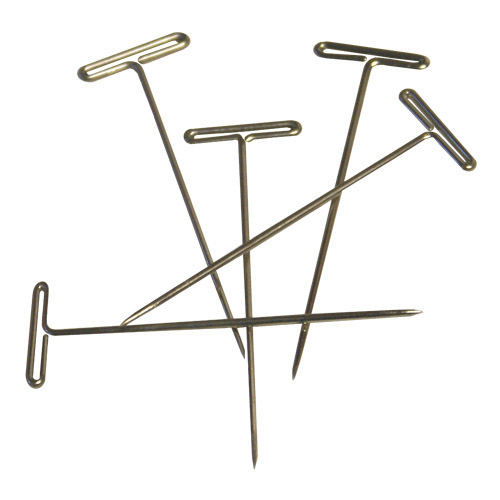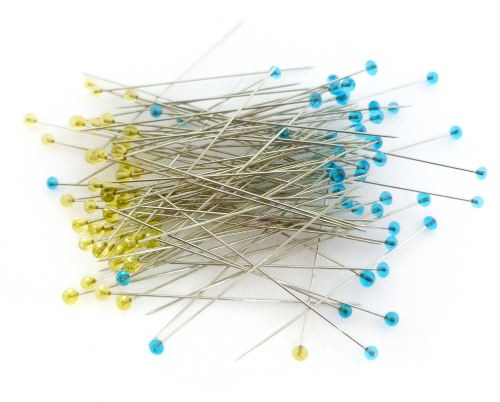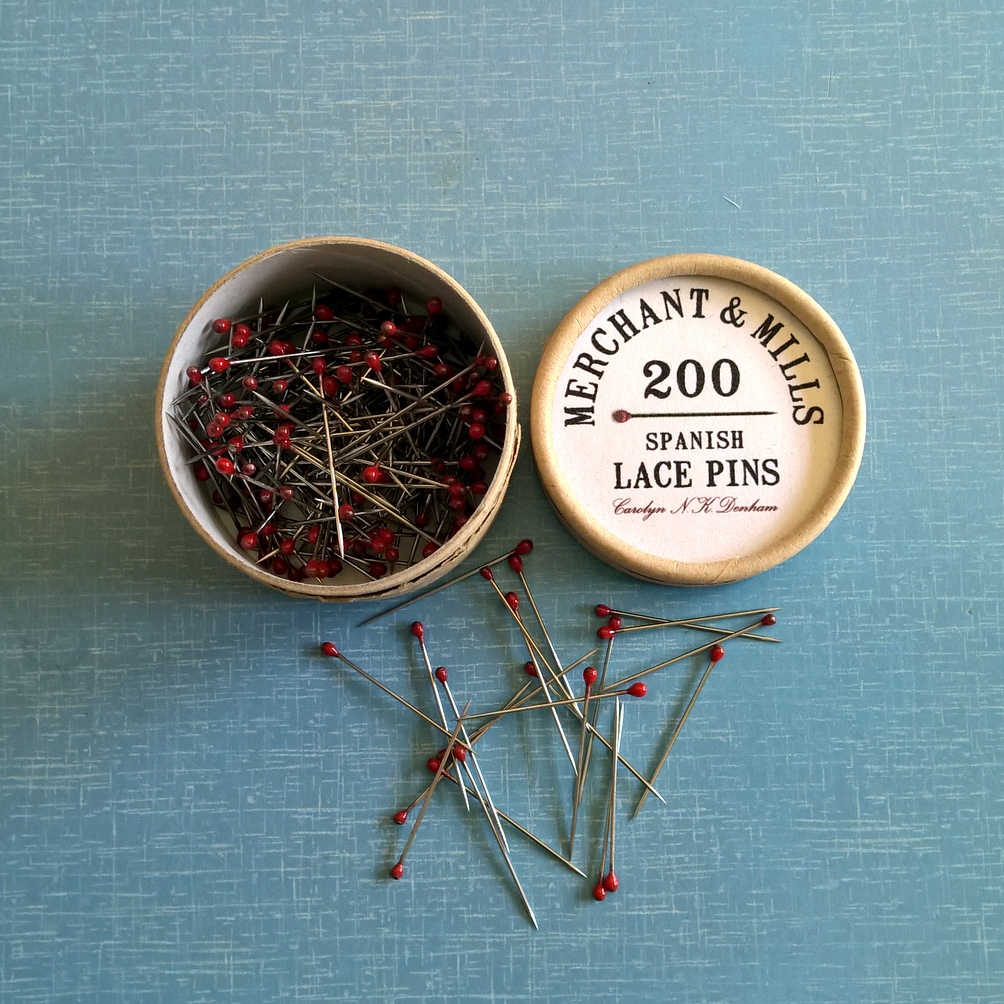As any experienced sewer will be able to tell you, a god set of straight pins is absolutely essential if you are going to get the job done right. In fact, they are right up there with your needle and thread in terms of things that you need to ensure you get the accuracy and quality that you are looking for from your sewing. However, there are also a whole bunch of different pins available, with all of them serving their own purposes. It can be a little bit intimidating for the sewing newbie, so here we will be giving you a brief breakdown of the different types of straight pins that you are likely to run into.
Decisions, Decisions…
The first thing you are going to have to consider when heading out to grab some pins is the project that you have in mind. Different projects call for different pins, and it is no use having a heavy duty pin when working with a light fabric, like silk or satin, and vice-versa.
T-Pins
These are some of the strongest pins that are currently available on the market, which means that they are ideal for those working with heavier fabrics, such as those used in craft projects. Canvas, leather and vinyl can all be held together with this pin, so it is a good idea to invest in some if you have a habit of getting crafty. They are also great if you like to get up close and personal with your home’s upholstery for repair and maintenance work.

Quilting Pins
As the name implies, a quilting pin is ideal for people working on quilts. They are generally a little longer than your average straight pin, to account for the fact that you may end up sewing through a lot of layers when creating your quilt. They also feature a rather large head, which makes them much easier to spot when you are working through multiple layers.

Silk Pins
These are used almost exclusively by those who work with more delicate garments and items of clothing. The pins themselves are very sharp and thin, which means you will need to be careful when using them as it is very easy to prick your skin. However, that design has a purpose, as it allows for the pin to quickly pierce a fabric while only leaving the smallest of holes in it. Beginners are also able to find silk pins that have a coloured head that can be easier to spot than the traditional silk pin. They take a little getting used to, especially if you have yet to build the proper dexterity on your hands, but they are an essential part of your sewing kit.

Lace Pins
As delicate as silk pins are, even they can cause issues when working with bridal fabrics, such as lace. The problem is that they will often be made using nickel plated steel, which leaves the pins susceptible to rust over time. This could cause problems when working with vintage fabrics or lace, so it is important to make sure the pin is completely clean. That’s where lace pins come in, as they are made using stainless steel. They cost a little bit more but they will definitely be worth it in the long run.


